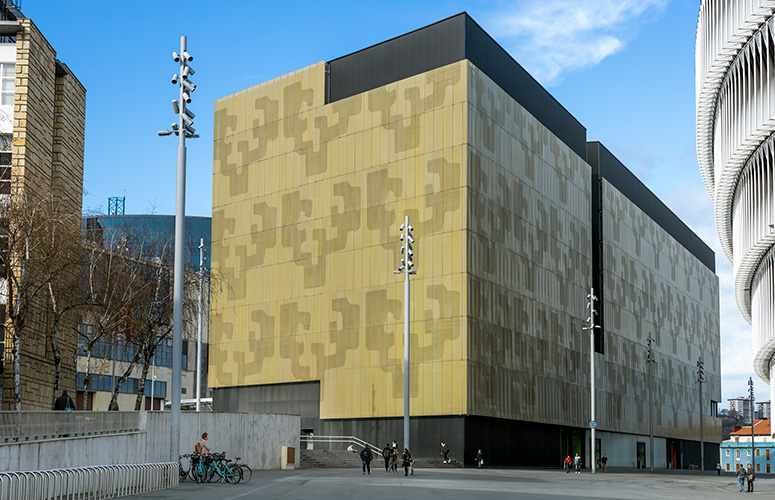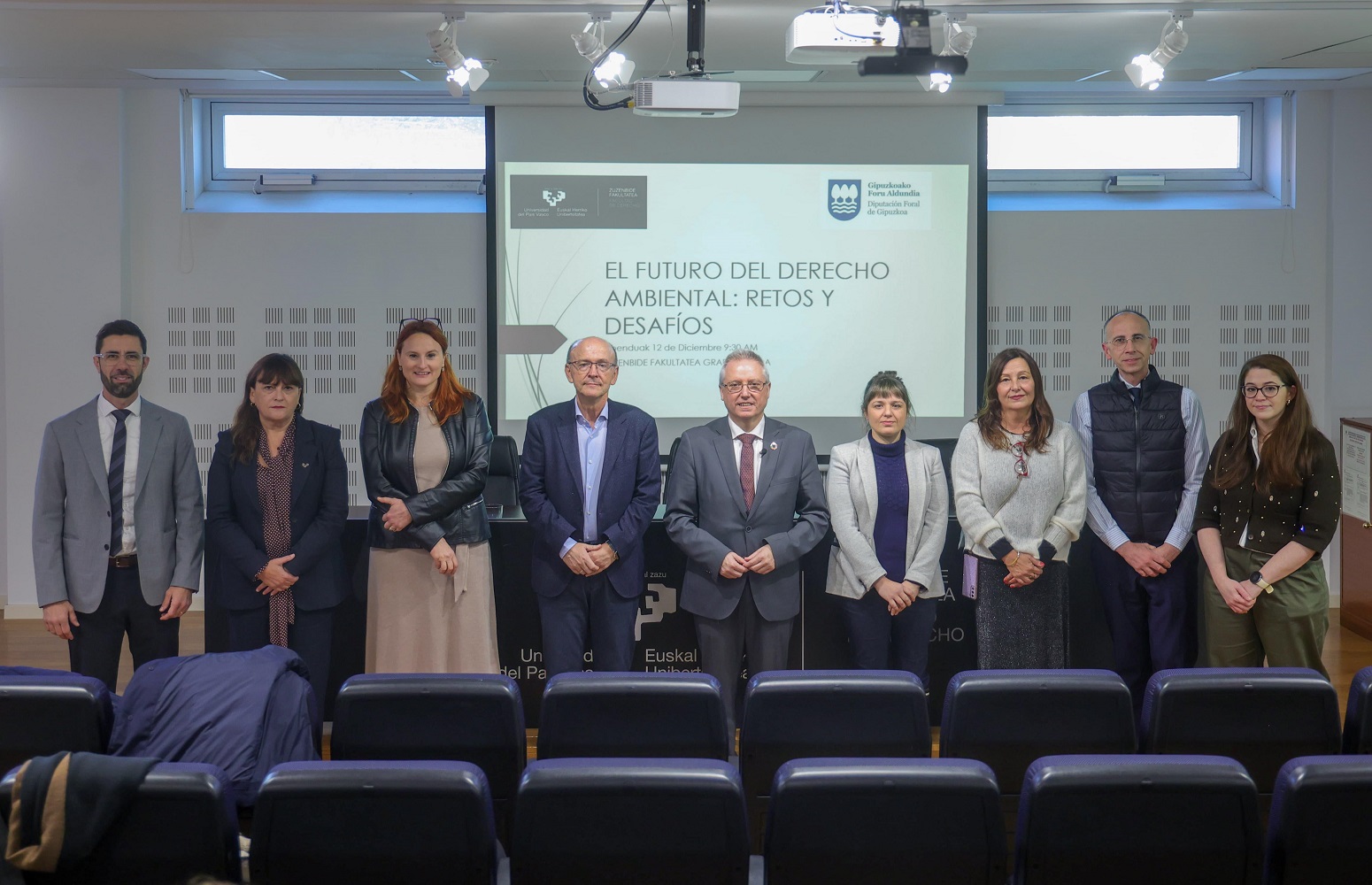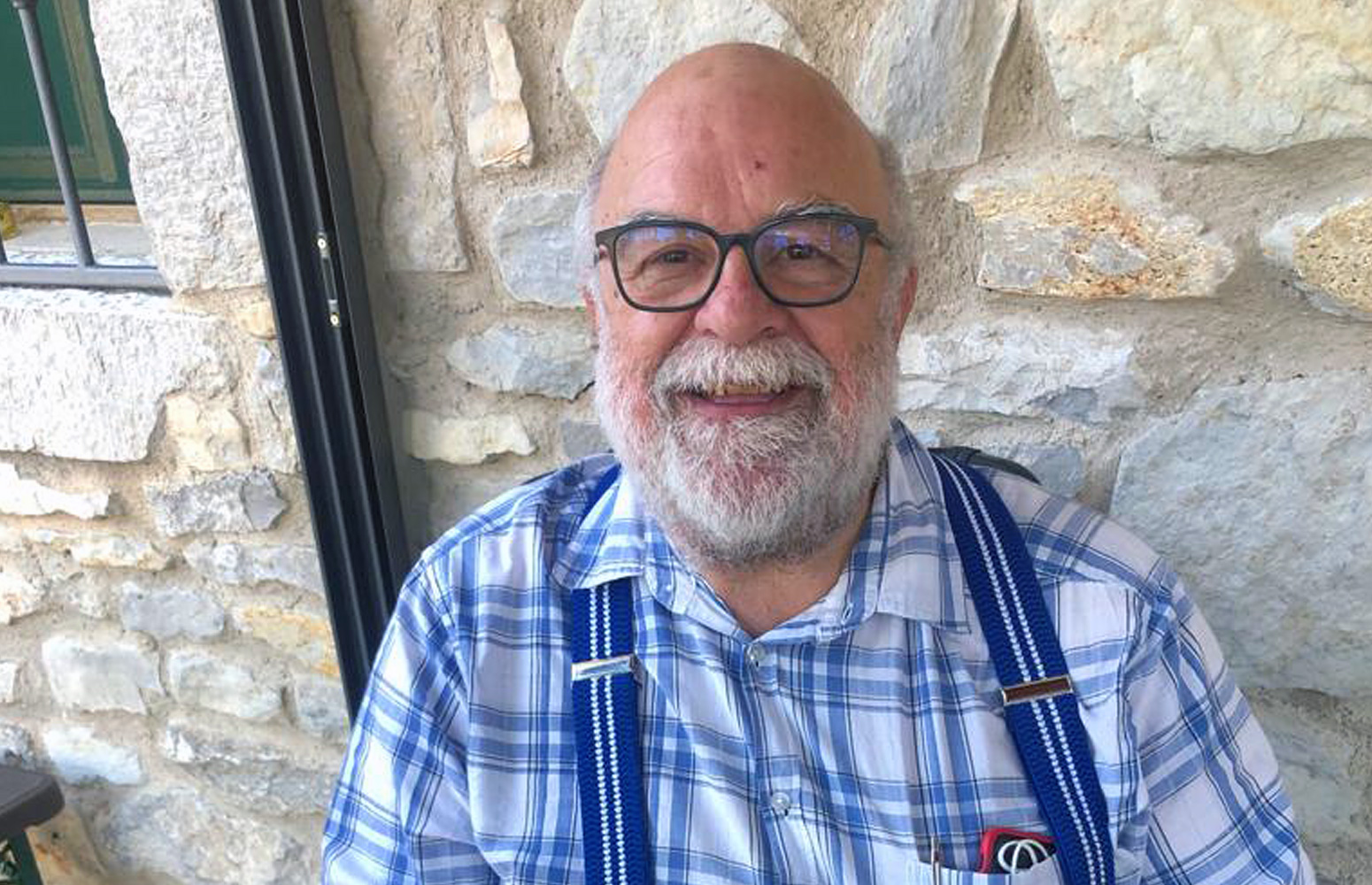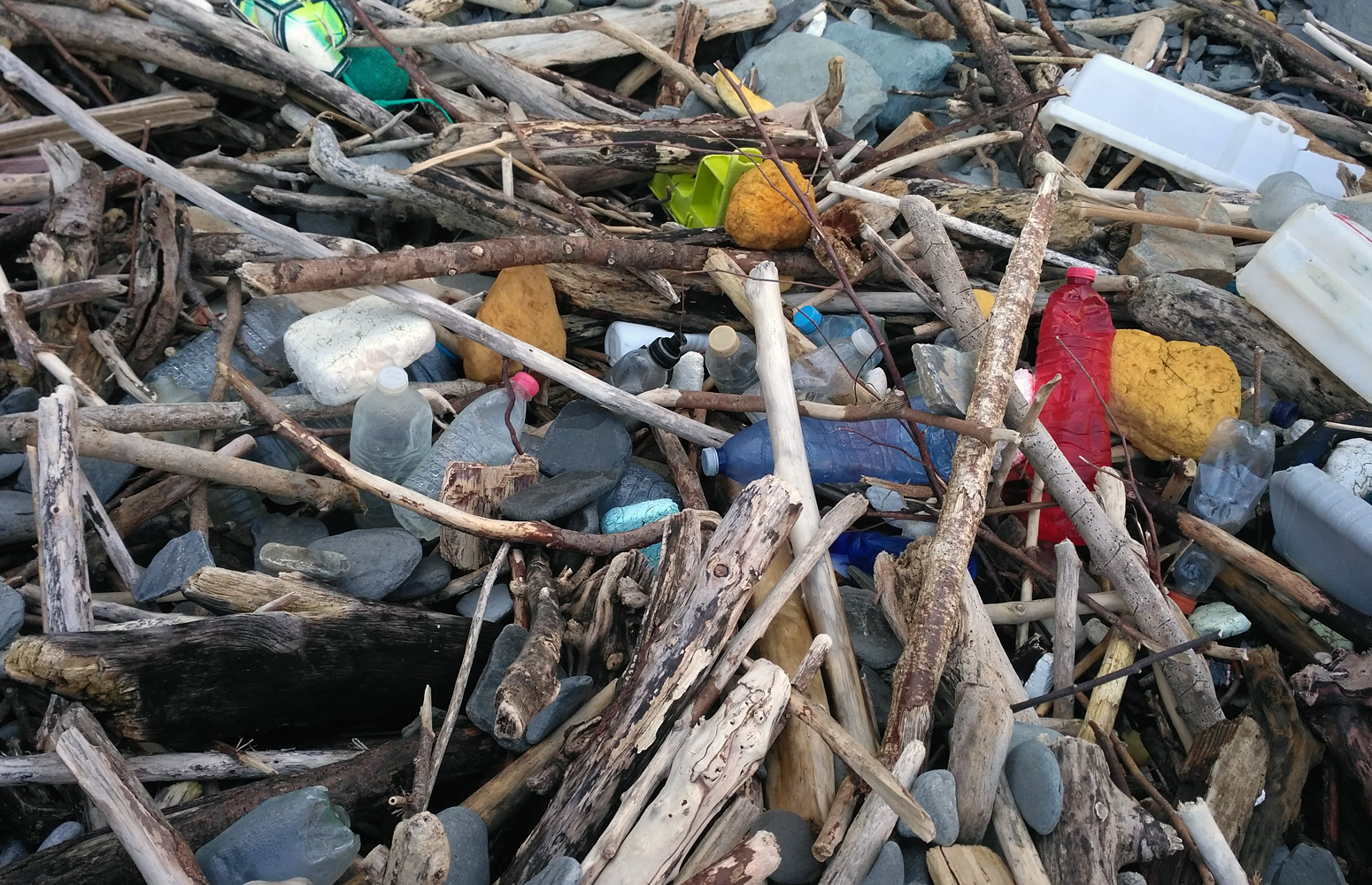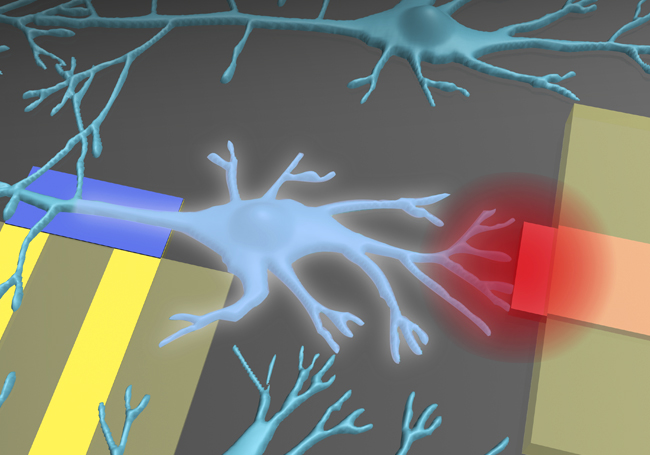The UPV/EHU researcher Isabel del Agua-López has synthesised new polymer materials with ionic and electronic conductivity for applications in bioelectronics and which have yielded promising results in the field of tissue engineering.
Promising materials for bioelectronics
A study by the UPV/EHU-University of the Basque Country suggests combining polymers with polysaccharides to create materials that can be integrated better into human tissue
- Research
First publication date: 31/08/2018
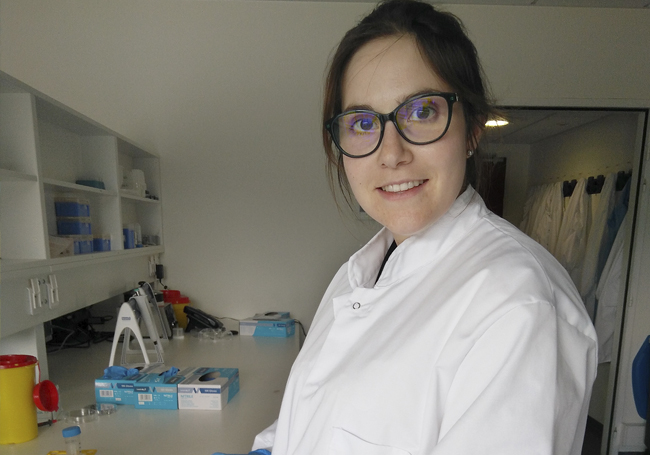
“In the field of bioelectronics there is a need to come up with a new generation of materials with soft mechanical properties, ionic and electronic conductivity, and which are compatible with biological tissue,” said Isabel del Agua-López, author of the study. The most successful conducting polymer in bioelectronics applications is currently PEDOT (poly 3,4-ethylenedioxythiophene), routinely doped with PSS (Poly(3,4-ethylenedioxythiophene)-poly(styrene sulfonate)) given its great electronic and ionic conductivity, its biocompatibility, its stability, etc. Right now, “PEDOT is marketed doped with PSS, but one of the drawbacks is that it is not biofunctional that way. So to improve its biocompatibility, this study has focussed on the production of new PEDOT materials stabilised with polysaccharides, such as xanthan gum and guar gum instead of PSS, so that the material can be better integrated into our tissue,” explained del Agua-López.
Improving biocompatibility
Taking the PEDOT:polysaccharide combinations produced for the first time in this study, two new materials were created. Firstly, the ionic PEDOT gels, which are unique because an ionic gel that contained PEDOT at the same time had never been produced previously. “This material displays unique properties that emerge out of the combination of the materials it is made of. It displays electronic conductivity provided by the PEDOT, ionic conductivity owing to the ionic liquid, and elasticity provided by the guar gum polysaccharide," explained the UPV/EHU researcher. In general, “this material surpasses the already existing PEDOT hydrogels as they do not dry out, are more stable and lose neither their mechanical properties nor their conductivity", she added. Its properties and applications in bioelectronics, one of the salient ones being its use as cutaneous electrodes for electrophysiology, are being explored right now. On the skin these materials transmit the electrical activity of our body to electrodes so that it can be recorded. That way the activity of our hearts (electrocardiography) or that of our muscles (electromyography), for example, can be recorded.
Secondly, “the other material we produced”, said del Agua-López, “using the PEDOT:polysaccharide combination are the porous, three-dimensional structures known as scaffolds that are used to support the three-dimensional growth of cells and tissue formation”. Thanks to the polysaccharide content and its interconnected pores, the cells display a special affinity towards these scaffolds. “It has been demonstrated that both the porosity and the mechanical properties of these materials can be modified very easily depending on the application they are intended for. By altering the PEDOT and polysaccharide content, the pores can have a larger or smaller diameter and the scaffold, as a whole, can be softer or harder,” she said. “The development of PEDOT-based scaffolds aims not just to facilitate cell growth but also to control it as well,” added Isabel del Agua.
In view of the results achieved, “the unique properties of these polymer materials could take the field of bioelectronics towards new applications as these materials are able to integrate electronic devices into our bodies and even to improve current applications,” stressed the author of the study.
Additional information
This research was carried out within the framework of the PhD thesis by Isabel del Agua-López (Valladolid, 1988). It is entitled Conducting polymer materials for bioelectronics applications and was supervised by David Mecerreyes, deputy director of Polymat, and Ana Sanchez-Sanchez, also of Polymat. The PhD thesis was written up in collaboration with the Department of Bioelectronics at EMSE, France.


